CHRONIC PYELONEPHRITIS
It is a chronic inflammation of the tubules and interstitium associated with fibrosis of the renal parenchyma. This is associated with distortion of the pelvicalyceal system. This is one of the most common cause of end stage kidney disease.
Causes of chronic pyelonephritis
The most common causes of chronic pyelonephritis are
1. REFLUX NEPHROPATHY
2. OBSTRUCTIVE CAUSE
Reflux nephropathy is the commonest cause. This is a congenita condition where there is reflux of urine from the bladder up the ureters. this leads to recurrent inflammation and finally scarring
Obstructive: Any obstruction of the pelvicalyceal drainage system leads to increase in the pressure on the renal parenchyma and also makes it more prone to infection.
Morphology of Chronic pyelonephritis
Gross:
There is irregular scarring of the kidney with presence of depressed scars on the surface of the kidney. On cut section, there will be variable distortion of the pelicalyceal system. AT times, the kidneys may be hydronephrotic.
Microscopy
The prominent feature is atrophy of the tubules and these atrophic tubules contain eosinophilic secretions. and since these tubules with pink secretion resemble morphology similar to colloid filed thyroid follicles, this histological appearance is referred to as THYROIDIZATION of tubules .
Moderate to abundant chronic inflammatory infilterates are seen in the interstitium
In the advanced cases, there is glomerular involvement in the form of glomerular sclerosis and periglomerular fibrosis.
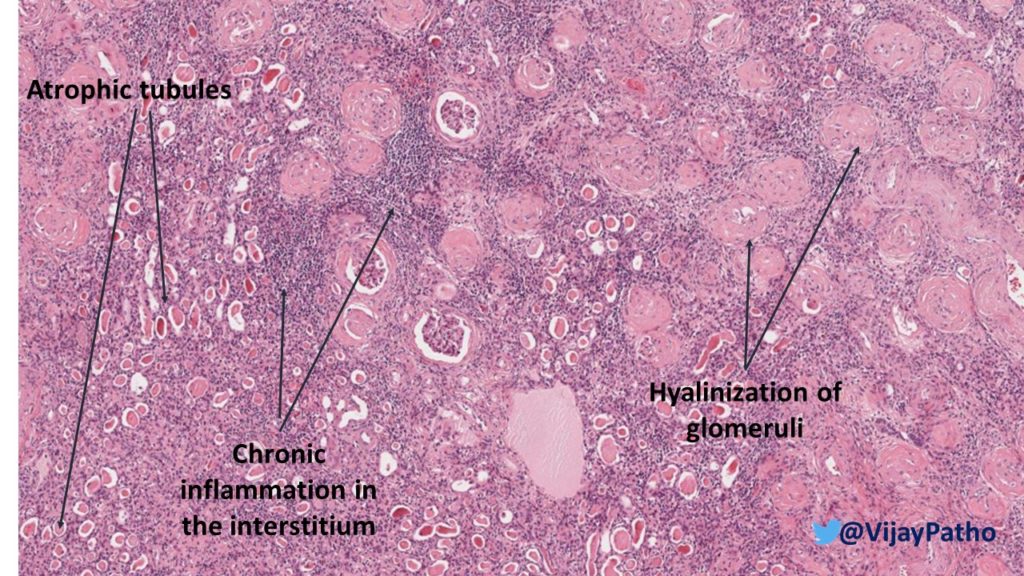

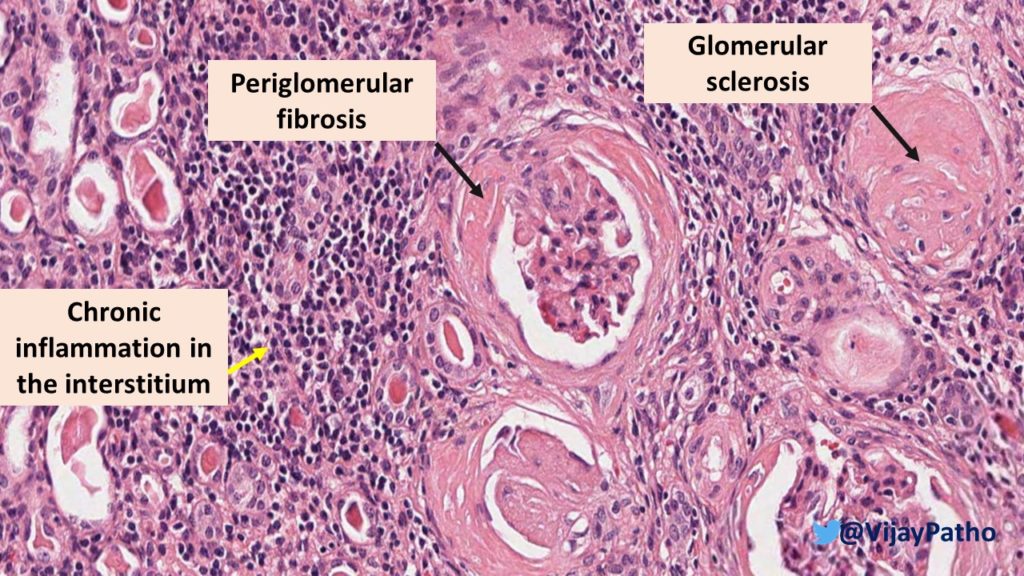
Find the illustrated image of chronic pyelonephritis below
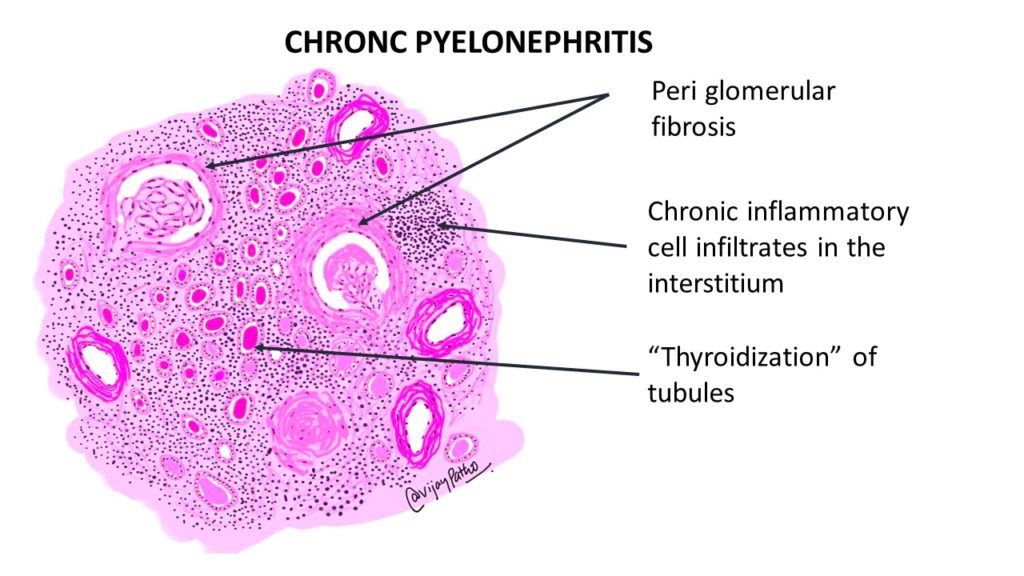
The virtual slide of CHRONIC PYELONEPHRITIS can be accessed in the links below
1. https://www.pathpresenter.net/publicDisplay/DisplayCase/69c0ab77-45be-4705-b3ad-88e9e232bd6d#
2. https://www.pathpresenter.net/publicDisplay/DisplayCase/d15986b0-d06d-476d-b9c6-15fd6dbce1c5
Visit pathpresenter.net for amazing collection of slides for learning histopathology.

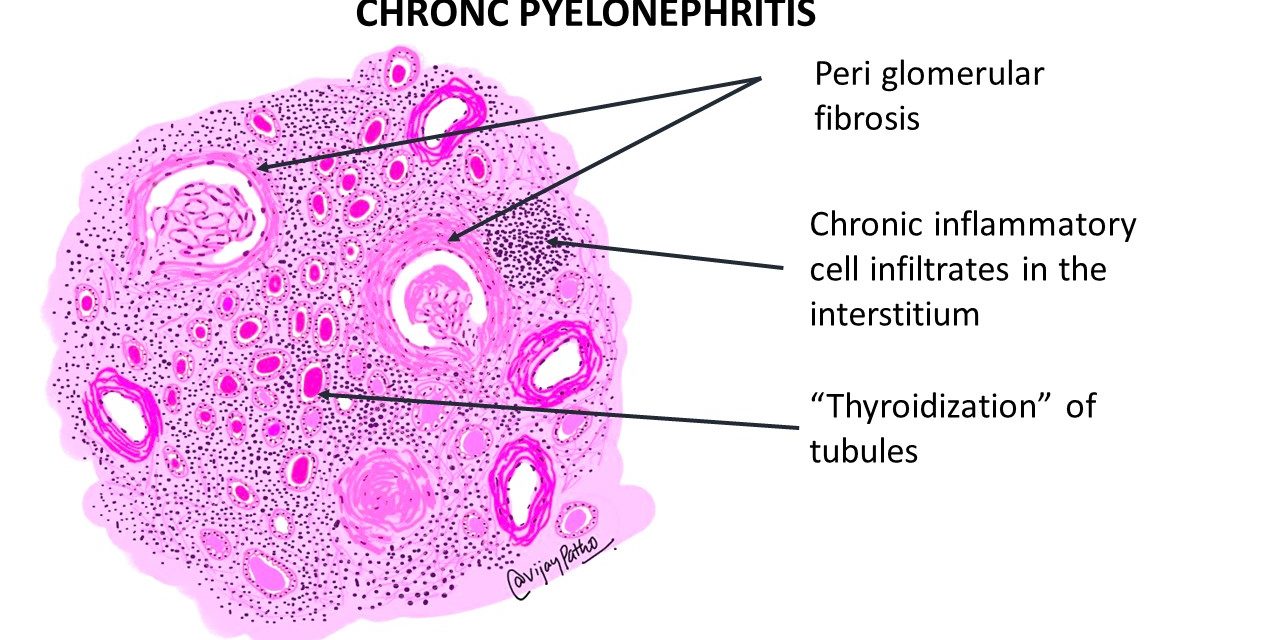
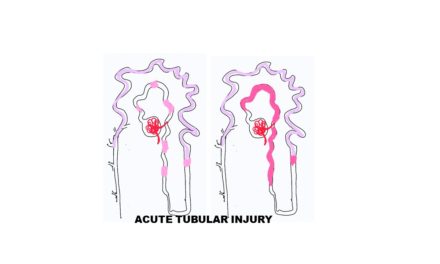
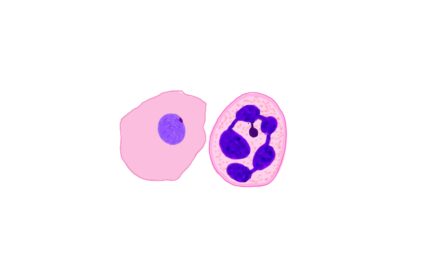
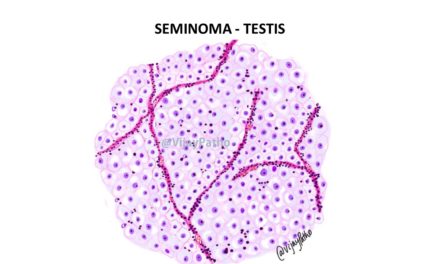






Recent Comments